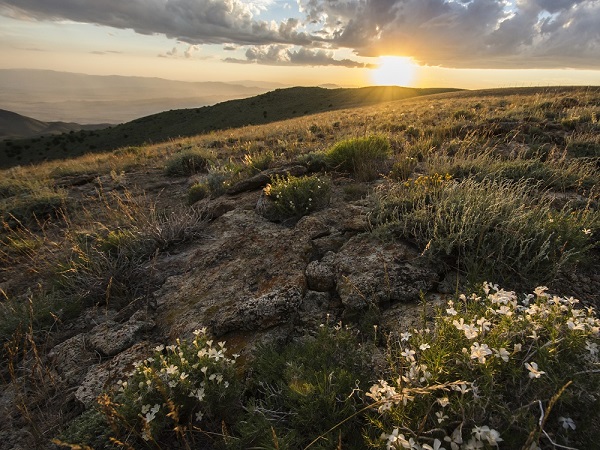2023-2024 Harnessing the Data Revolution for Fire Science (HDRFS) Seed Grants - 03/01/23 Deadline to apply
The open application period for this funding opportunity has ended. Please check back soon for other opportunities that may be of interest to you.

The RII Track-1: Harnessing the Data Revolution for Fire Science (HDRFS) project has released a Request for Proposals for Seed Grants. The overarching goal of the HDRFS project is to increase the capacity of Nevada for wildland fire research, education, and workforce development and to demonstrate this increased capacity through fire research in the regionally important sagebrush ecosystem.
HDRFS will engage faculty in areas related to, but not recognized in, the current research to provide new opportunities and pursue high-risk, high-impact research. HDRFS seed funding is not intended to provide a substitute for NSF individual investigator funding. Seed grant funding will provide strategic mechanisms for additional research, education, and workforce development (E-WFD), and sustainability in relevant areas and will provide proof of principle results needed to secure external funding. Research areas should align with the 2020 NSHE Science and Technology Plan (S&T). Research areas may include, but aren’t limited to:
- Ecology (Eco)
- Hydrology (Hydro)
- Fire Processes (FP)
- Fire Emissions and their Atmospheric Aging (FEAA)
- Cyberinfrastructure Innovations (CII)
- Education and Workforce Development (E-WFD
- Broadening Participation (BP)
Eligibility:Full-time faculty members from all NSHE campuses are eligible to apply. Faculty from state and community colleges are encouraged to partner with UNLV, UNR, or DRI faculty in their application. Post-doctoral researchers are not eligible to apply. Faculty members who are currently involved in the HDRFS project are not eligible. The goal of the mini-grants is to attract faculty members with expertise in HDRFS-related areas who were not involved in the original proposal submittal. Junior faculty members and faculty members who are underrepresented minorities (as defined by NSF are strongly encouraged to apply.
Funding:Five (5) seed grants of $30,000 each are expected to be awarded. A faculty member (PI/Co-PI) may submit a maximum of one award. Depending on your institution’s policies, we encourage grad students and post-docs to be included as Co-PIs.
Proposal Due: March 1, 2023, 5:00 pm PT
Please red the full SOLICITATION for all relevant details. *Download PDF file to view “paperclipped” attachments.
*Photo by Scotty Strachan, University of Nevada, Reno
